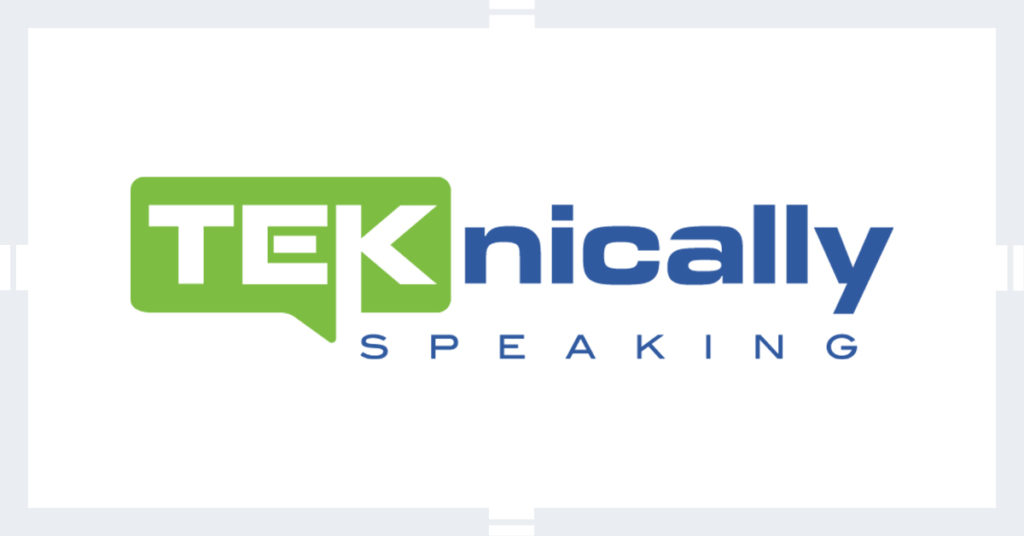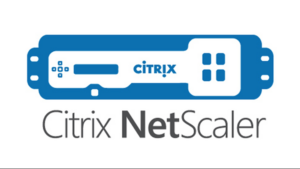In EVOTEK’s new quarterly TEKnically Speaking Series, we’ll feature a notable industry topic and explore its challenges, opportunities, trends, and insights through bi-weekly expert blogs, a complimentary webinar, and a deep-diving Lab Report.
This first installment focuses on AUTOMATION…
The Automation Journey
Automation is one of the most pressing issues for today’s IT leaders. As budgets and strategic priorities evolve to meet the needs of today’s rapidly changing world, automation initiatives are at the core of most enterprise IT long-term visions.
Automation means many things to many people, so we’ll clarify by segmenting the field into three contexts:
Low-level Automation is decomposing a given task into a series of discrete procedures that are automatically executed by a control script. For example, automation to bring a new server online could involve installing and booting the operating system; connecting the system to the network; installing standard software; creating user accounts; and notifying the administrator the system is ready for service.
Orchestration is coordinating several low-level automations to create an executable workflow. Orchestration typically also includes some level of process optimization to increase efficiency and omit unnecessary tasks. For example, a marketing campaign launch orchestration would initiate low-level automations to approve the budget, create resource allocations, create an artifact repository, engage subcontractors and grant them appropriate access, stand up a project management instance, and set up a kick-off meeting.
Enterprise Automation is the adaptive systematizing of orchestrated workflows (what a mouthful). Basically, it’s coordinating orchestrations to automatically adapt the enterprise architecture to ecosystem changes. For example, say there’s a network outage for a streaming sports provider right before Super Bowl kickoff. This could re-route traffic to additional production resources in a backup facility; cloudburst some services to the public cloud; notify the call center of expected customer calls; and drop video resolution on lower priority broadcasts—then automatically put everything back after the issue is resolved.
Since “automation” is used for both the lowest and highest-level categories, even these three contexts can be confusing, but hopefully this helps.
Why is automation so important now? Many industries are currently experiencing unprecedented flux. Onsite workforces are now remote; securing this fuzzy perimeter is beyond the manual capabilities of most enterprises; supply chains have been disrupted, privacy and security compliance are becoming business imperatives; and staffing budgets are stretched thin. While not a panacea, automation offers solutions to all these issues, therefore driving automation solutions to the top of IT priority lists.
Over the next few weeks, let’s explore three practice areas where automation is making its biggest impact:
- Data Center Automation
- DevOps Automation
- Security Automation
- Hyperautomation
Join us as we explore the challenges, opportunities, trends, and pitfalls of today’s world of automation.




